- Thread starter
- #61
CajunCelt
New Member
Welcome to the fray!Hi, cajuncelt. i'm here.
How To Use Progressive Web App aka PWA On 420 Magazine Forum
Note: This feature may not be available in some browsers.
Welcome to the fray!Hi, cajuncelt. i'm here.
My "happy slideshow" from previous grow...
I'm getting anxious for gals to build.
Took cutting from the OGs to see whose female. Fingers crossed.
More current pics in a week or so.
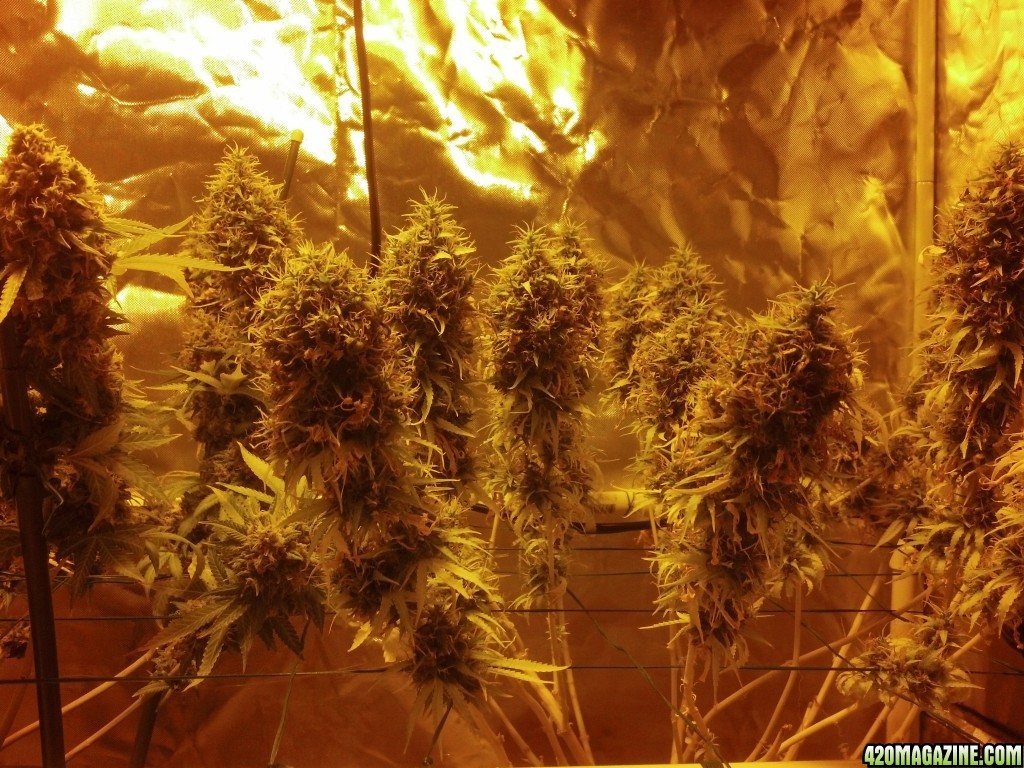
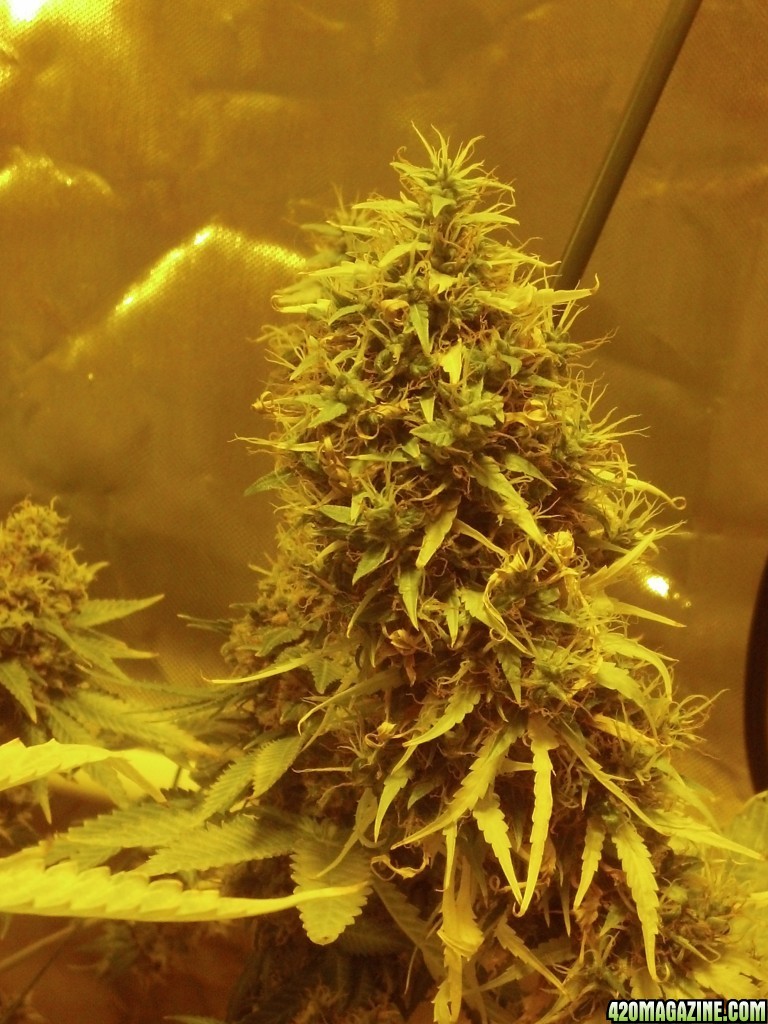
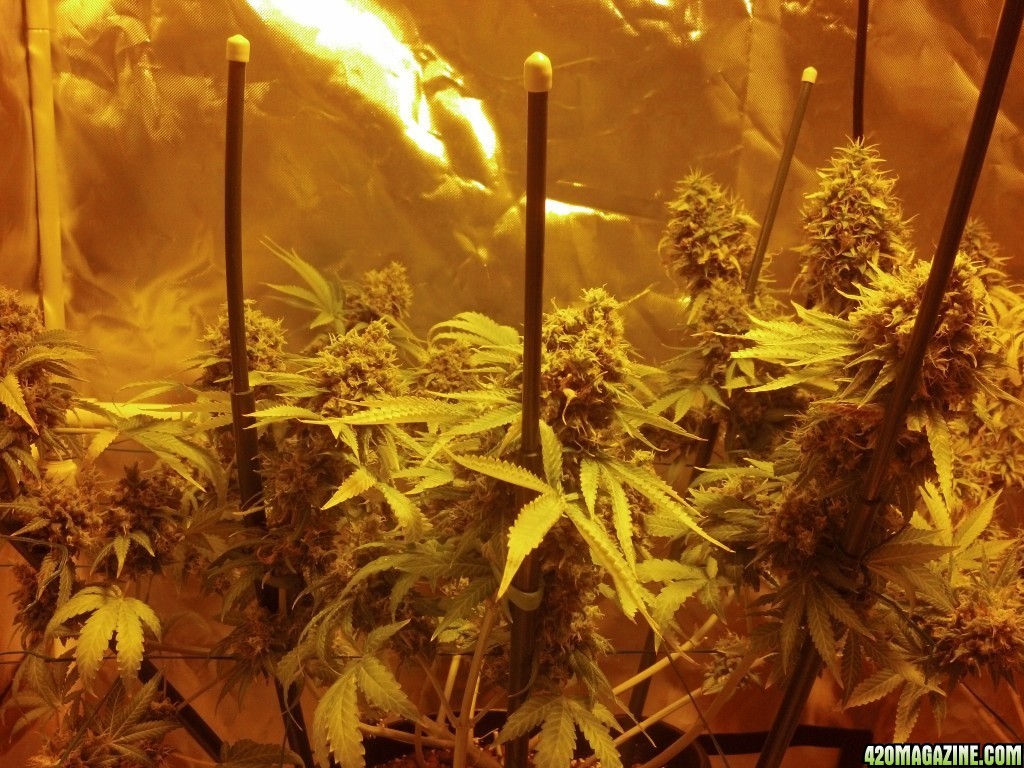
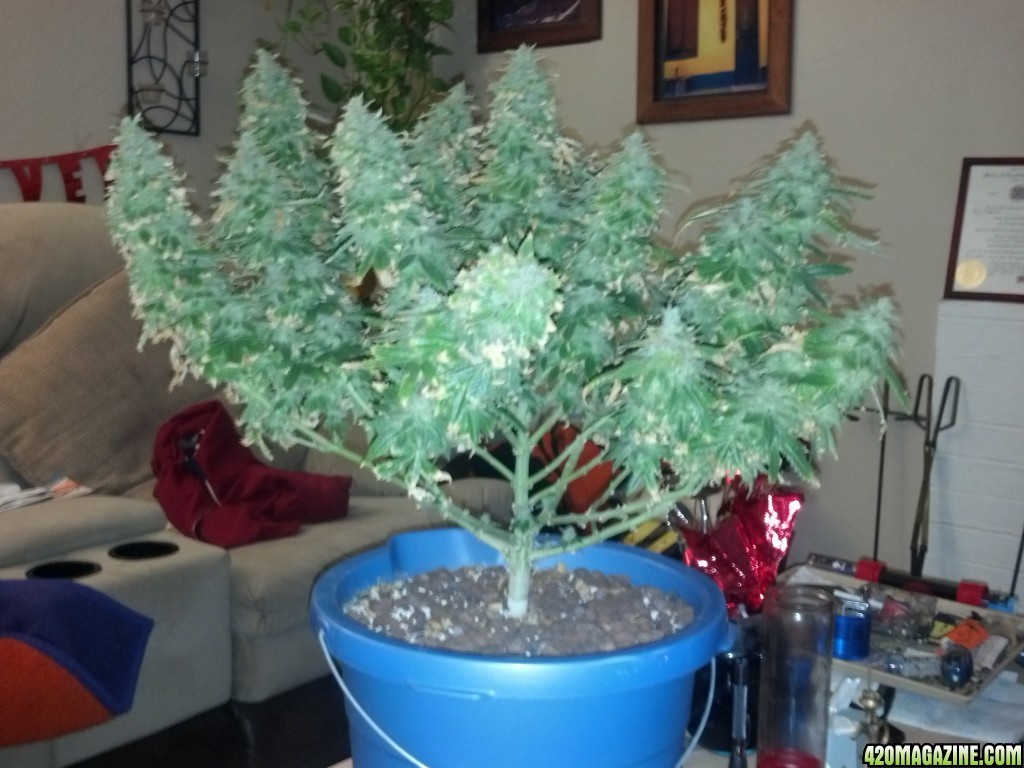
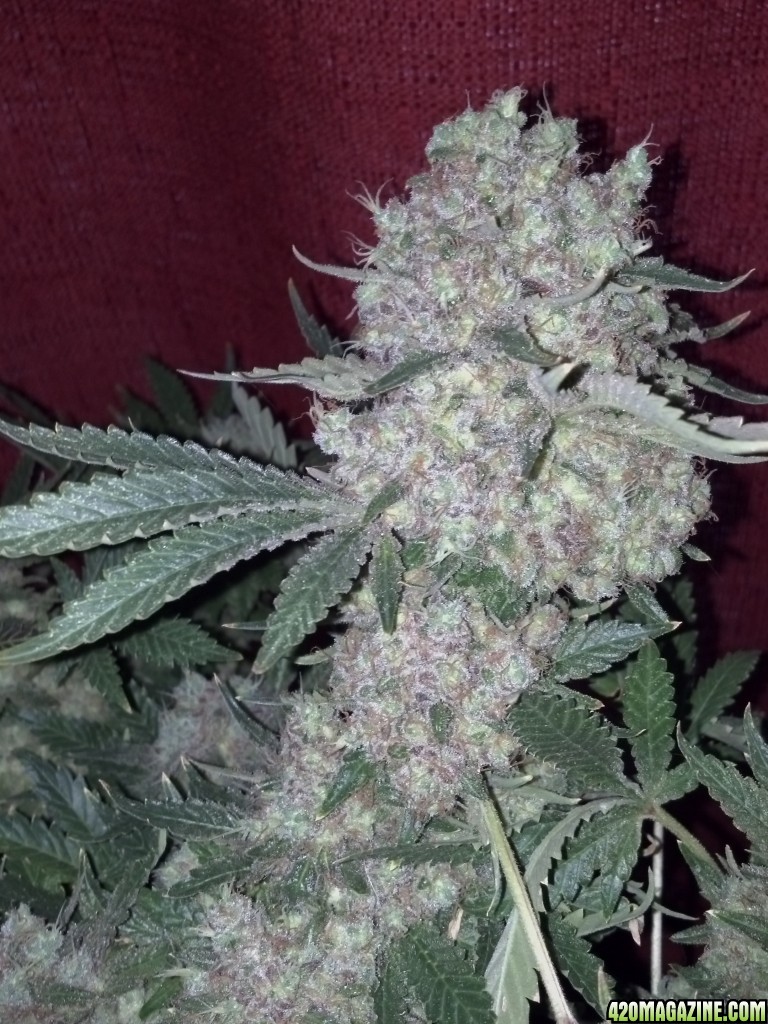
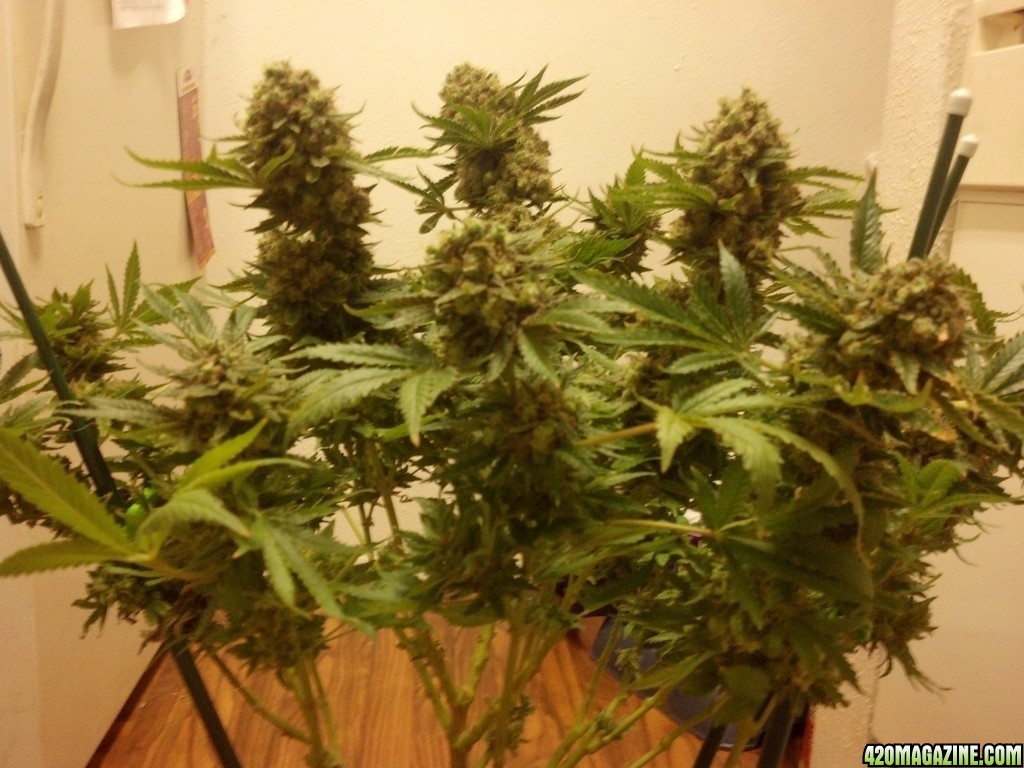
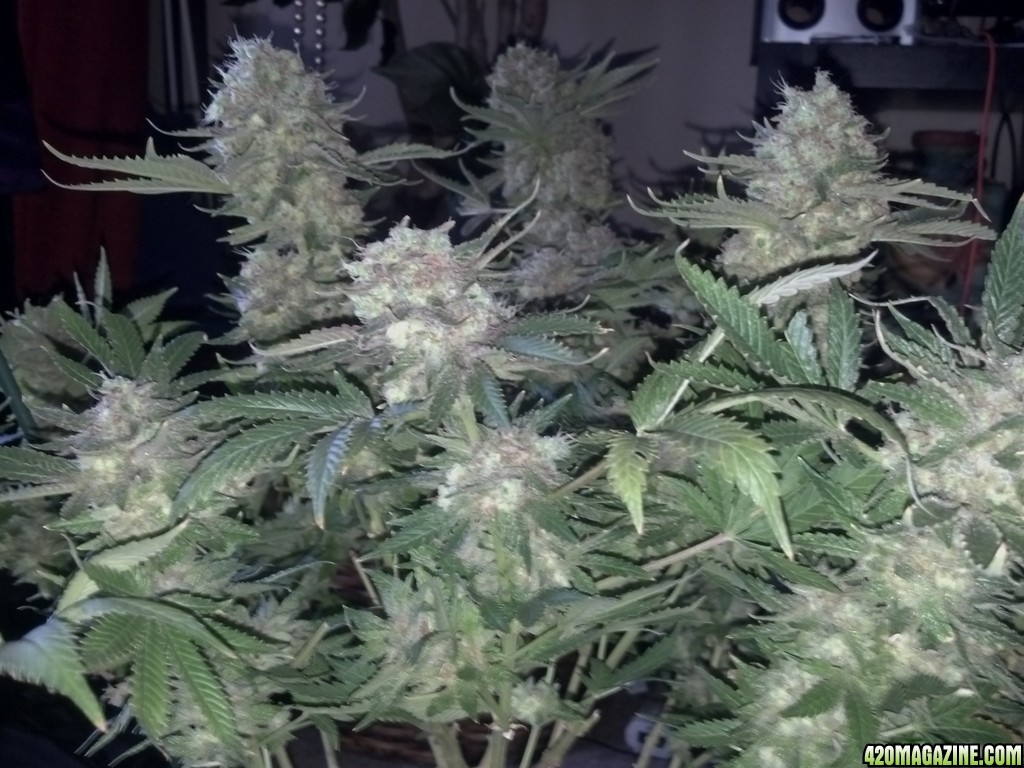
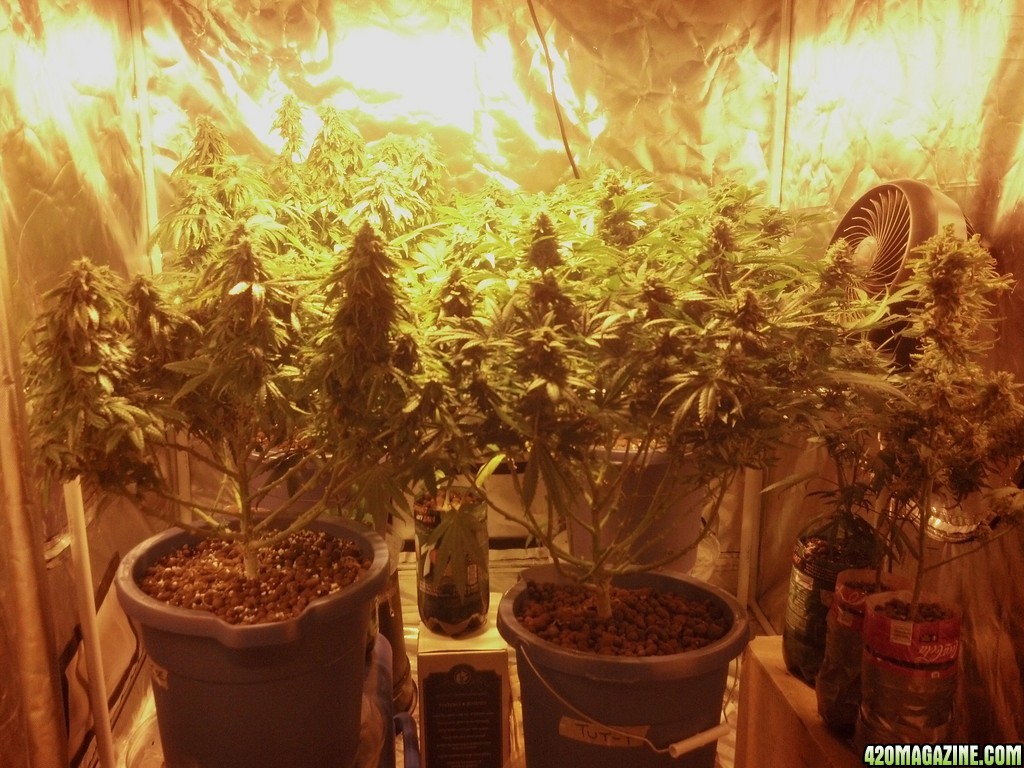
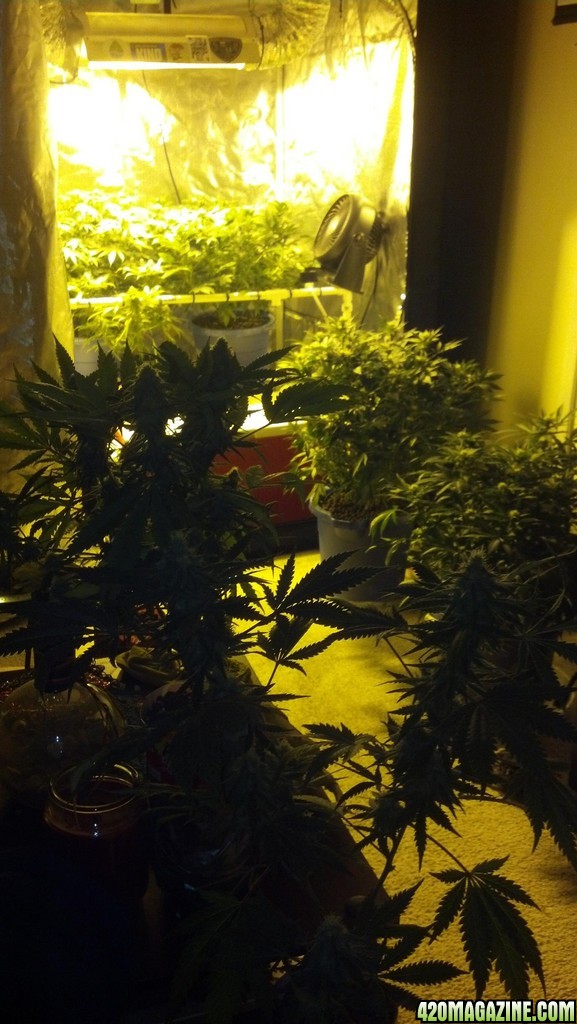
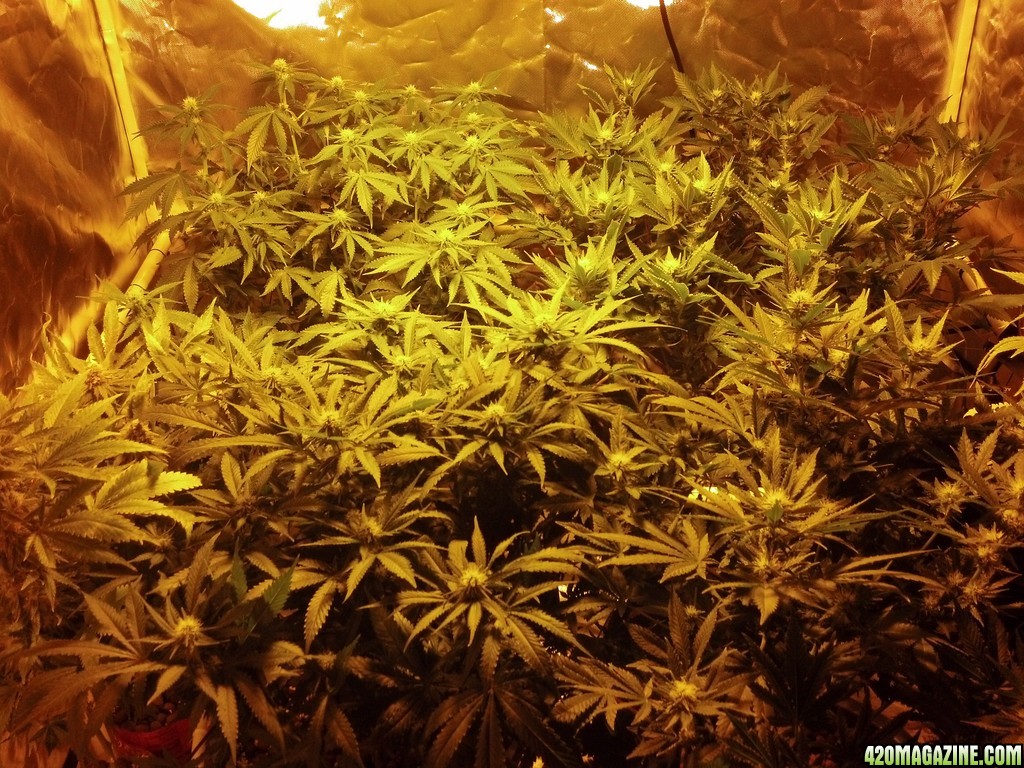






My "happy slideshow" from previous grow...
I'm getting anxious for gals to build.
Took cutting from the OGs to see whose female. Fingers crossed.
More current pics in a week or so.











 your just showing off now lol!!!
your just showing off now lol!!! 

I needed some kind of motivation to make me stop peeking in the tent every hour too. Lol.He heyour just showing off now lol!!!


 best of buds to you and yours Cajun!
best of buds to you and yours Cajun! 
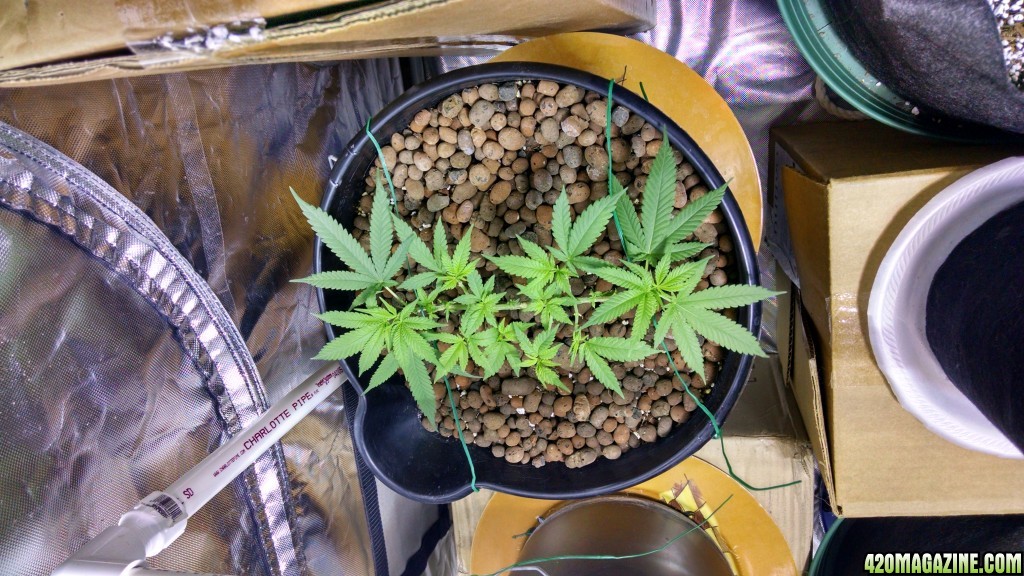
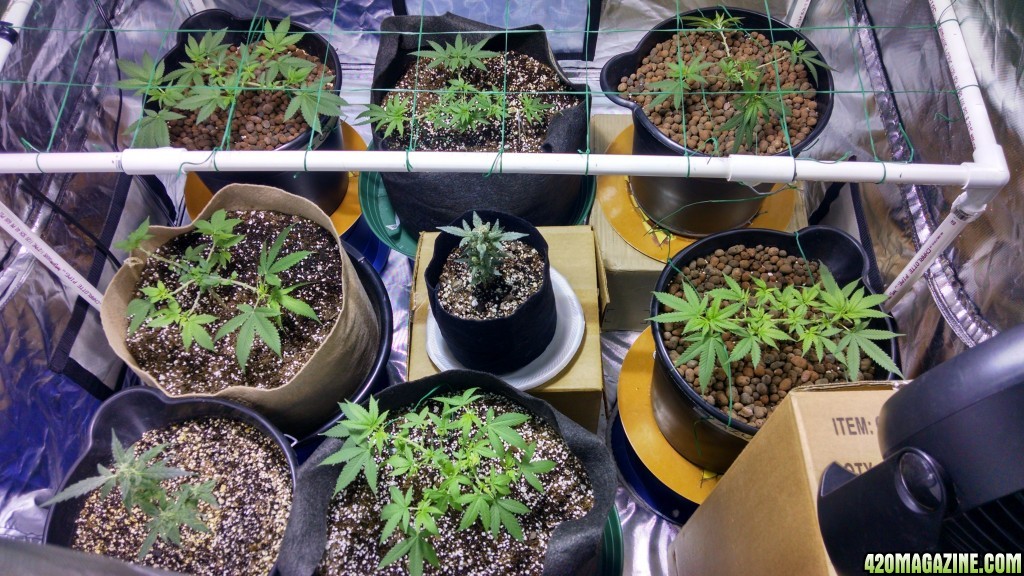
Wish that were a hair truer (is that a word).Looking proper but it's to be expected from you Cajun.

 looking good buddy!
looking good buddy!